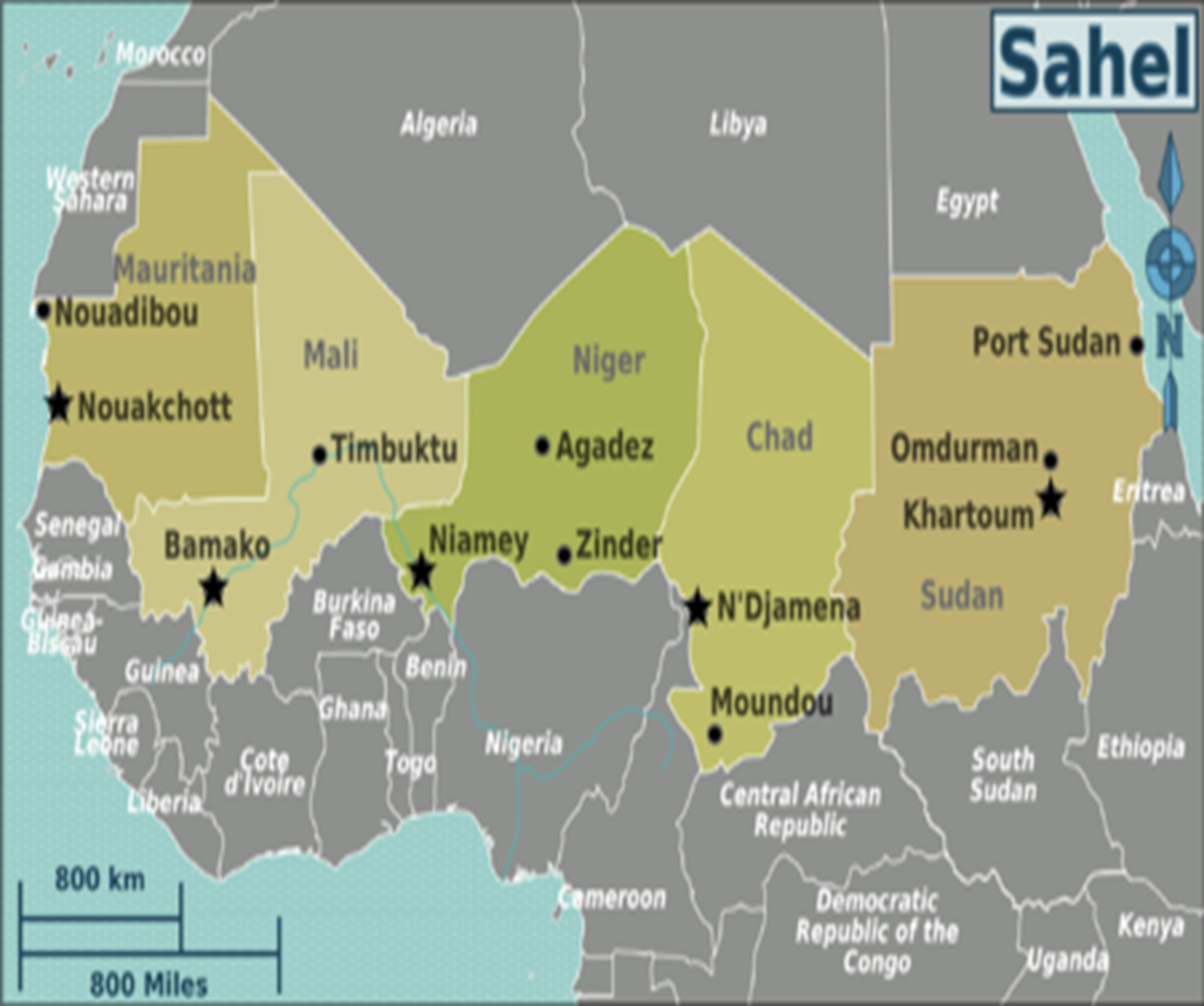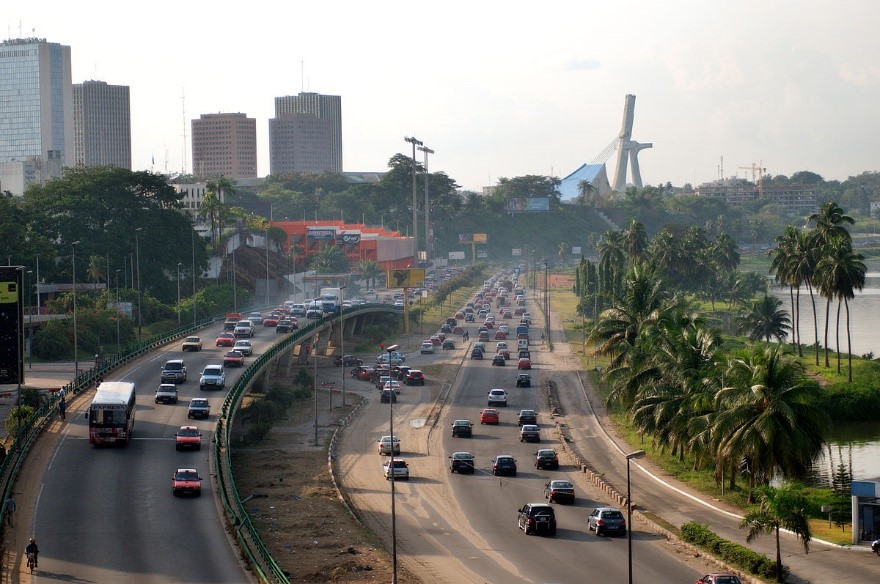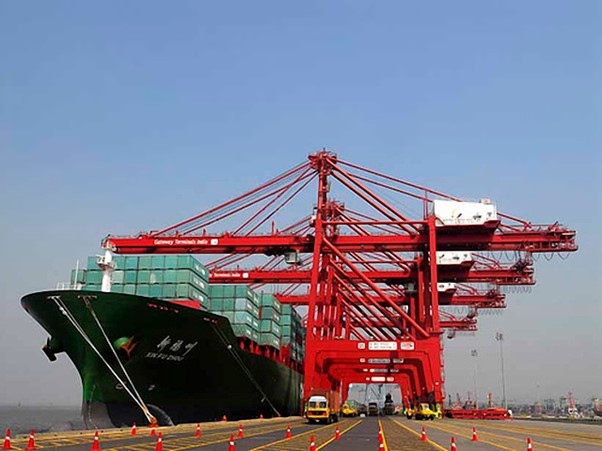Landlocked Regions
Landlocked Regions

South is recently separated from the north, without being prepared for its future as an independent country because it is extremely untouched by any kind of development. It has no road infrastructure and has no sort of service industry or manufacturers. The main problem is that it is landlocked in East-Central Africa. Despite being recently separated from the north, it has a mountain of internal problems that led to a million lives being lost in recent years. On the map above, you can see it is bordered to the east by Ethiopia, to the north by the mother country – Sudan, to the west by the Central African Republic, to the southwest by the Democratic Republic of the Congo, to the south by Uganda and to the south-east by Kenya. It is fair to say that it has actual business with neither of these six to potential eight countries for so many reasons – chief of which is the lack of land roads connections. Apart from a recent road funded by the USAID which connected Juba and Uganda but that is three to five thousand miles and any relief coming through that route has never reached Koo | Greater Upper Nile for the past fifteen years. Since the cessation, much of the population depending on the handouts and reliefs which come by airlift and was never sufficient to cater to the need of the population. The local population is campaigned to build a bridge in Koo for countless reasons that are outlined in the project.

Every country must have someone, some kind of administration government, which would assume the responsibility of the whole country even though they might not be in control. And Sudan is no different. But the government of Gaafar Nimeiry or Bashir and all their predecessor administrations and their successors have had failed to construct the crossing bridge in the populated regions of Koo | Greater Upper Nile. Because they always engaged the local population in all kinds of conflicts instead of developments. Even after the cessation of the South, the current administration under Kiir has started another war which caused a million lives which were used as an excuse not to find any money to construct any sort of bridge roads in the regions.

No roads like the one seen on the left in anywhere in the country. Therefore, in the whole parts of the Koo | Greater Upper Nile, there are no functioning school, hospitals or any kind of the institution. During the second civil war, before the cessation of the south, which lasted for over three decades, the population in these regions had been trapped in a vicious circle: of stricken poverty, chronic diseases, and extreme insecurity, which resulted in unimaginable chaos as the whole population are dispossessed, displaced, demoralized, frightened and there are no obvious ways to help them than the inadequate short-term relief supplies which come to them through the airs’ lifts because the whole country is landlocked. Now, poverty does not only rule their world, but it also threatens the very foundations of this fragile independence and order of their society. The problem is worsen for those Nuer population who live on both side of the River Nile, because there are no bridge roads to cross the river safely to other side of the Nile.

No harbour like the one seen on the picture on the left to bring in the imports and exports goods into the country. Transportation systems has never been established in the landlocked regions like Koo | Greater Upper Nile, therefore, there are no obvious access to any kind of mobility throughout the country. New technologies and geopolitical trends that are happening in other landlocked countries and cities for their citizens and their businesses to participate in the global economy simply does not exist in these landlocked regions because there is no commitment and political will to help the population who live and work in the landlocked regions. The landlocked regions is supposed to promote and develop the trade routes, road links and global communication network will its bordering six or so countries in order to maximise cheap import of goods and materials it needs to develop her populations at the same time so no section of the community or regions is far left behinds.
